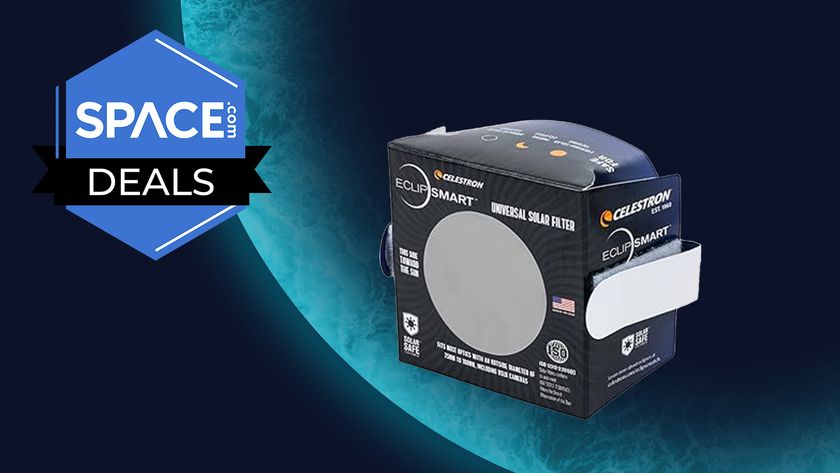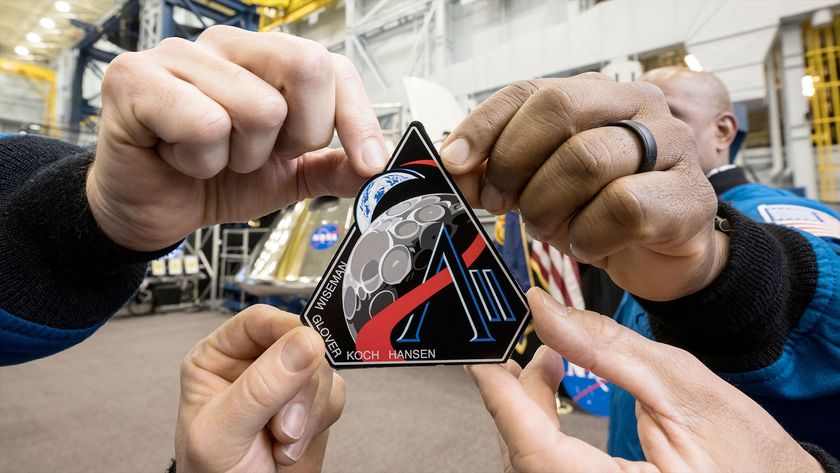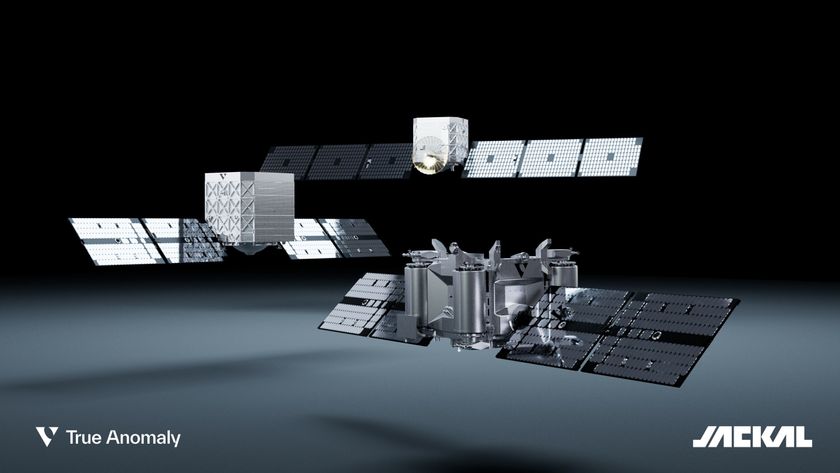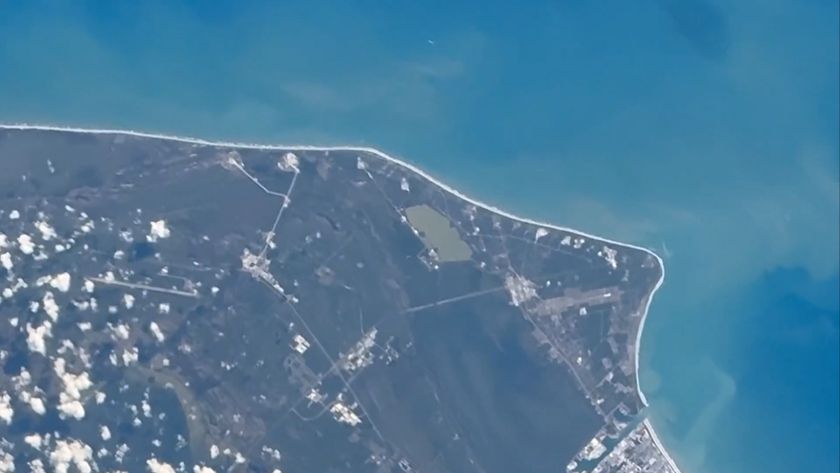Stargazer in Italy spots NASA's DART asteroid impact probe in night sky after launch
An Italian telescope captured NASA's asteroid-smashing mission shortly after its launch into space this week.
A new image and video, taken by the Elena telescope located in Ceccano, Italy, shows NASA's Double Asteroid Redirection Test mission, also known as DART, separated from the second stage of the Falcon 9 rocket which launched the spacecraft from Vandenberg Space Force Base in California on Tuesday (Nov. 23 PST, or early Nov. 24 EST) . The mission sent DART on a 10-month-long journey to a binary asteroid system called Didymos.
Both DART and the booster can be seen in this image (above), which was taken remotely with a single 30-second exposure, astronomer Gianluca Masi said in a statement. Masi runs the Virtual Telescope Project 2.0, which includes the Elena telescope.
The image was taken remotely 10 hours after DART lifted off, Masi said.
Related: NASA's DART asteroid-impact mission explained in pictures
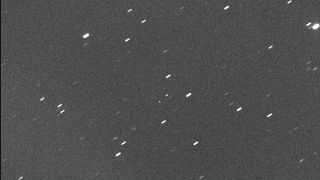
The robotic Elena telescope automatically tracked DART and the booster, both of which are visible at the center of the image as bright dots. The short white lines surrounding those two dots are stars in the background. When the image was taken, DART was about 93,000 miles (150,000 kilometers) from Earth, about half the distance between our planet and the moon, Masi said.
In addition to the static image, the telescope also captured a short video sequence, which shows the separated second-stage booster blinking. This blinking, Masi said, is caused by the booster spinning.
Get the Space.com Newsletter
Breaking space news, the latest updates on rocket launches, skywatching events and more!
The pioneering DART mission will conduct a first-of-its-kind test that will show if and how a spacecraft can change the path of an asteroid by smashing into it. In September of next year, the spacecraft will ram into a 525-foot-wide (160 meters) asteroid "moonlet" known as Dimorphos, which orbits the larger space rock Didymos. The goal of the experiment is to alter Dimorphos' orbit around Didymos, shortening it by several minutes, to prove that such an intervention could divert the trajectory of a large asteroid if, in the future, one were to be on a path that threatened planet Earth.
DART also carries a small cubesat called LICIACube, from Italy's space agency, which will be released 10 days ahead of DART's self-destructive impact and film the aftermath of the crash.
In 2024, the European Space Agency (ESA) will also send a larger surveyor spacecraft called Hera to the asteroid system that will analyze the crater and gather data about Didymos' and Dimorphos' physical structure and chemical composition. By then, astronomers will have known whether DART deflected Dimorphos, thanks to ground-based observations.
Follow Tereza Pultarova on Twitter @TerezaPultarova. Follow us on Twitter @Spacedotcom and on Facebook.
Join our Space Forums to keep talking space on the latest missions, night sky and more! And if you have a news tip, correction or comment, let us know at: community@space.com.

Tereza is a London-based science and technology journalist, aspiring fiction writer and amateur gymnast. Originally from Prague, the Czech Republic, she spent the first seven years of her career working as a reporter, script-writer and presenter for various TV programmes of the Czech Public Service Television. She later took a career break to pursue further education and added a Master's in Science from the International Space University, France, to her Bachelor's in Journalism and Master's in Cultural Anthropology from Prague's Charles University. She worked as a reporter at the Engineering and Technology magazine, freelanced for a range of publications including Live Science, Space.com, Professional Engineering, Via Satellite and Space News and served as a maternity cover science editor at the European Space Agency.

